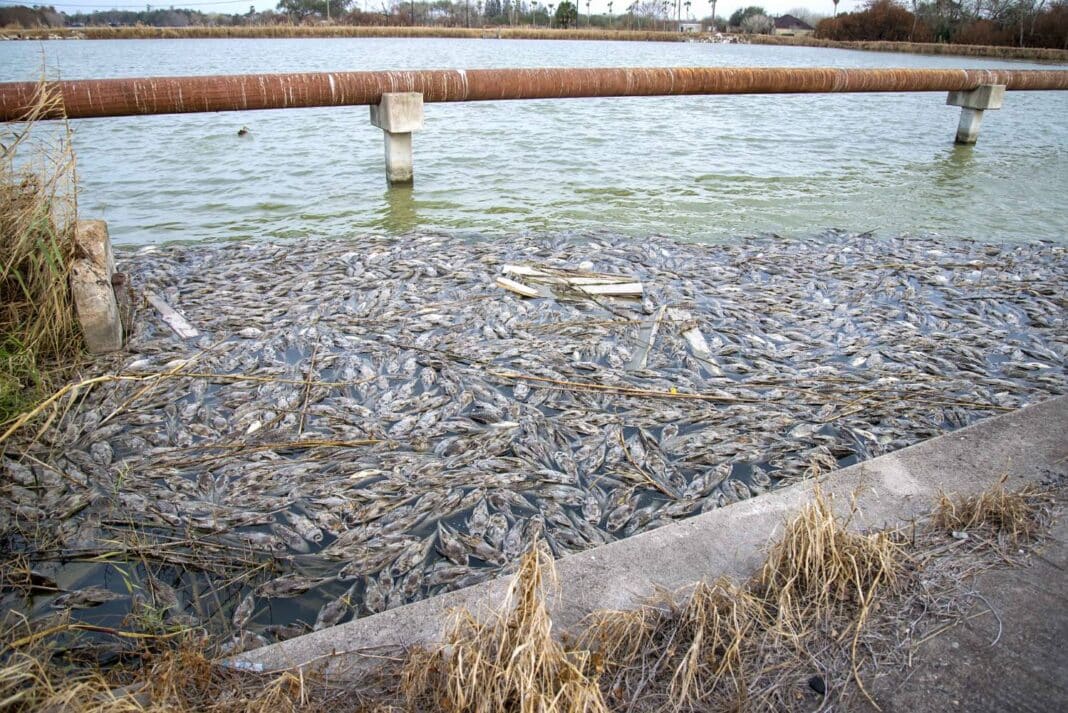By FERNANDO DEL VALLE and LAURA B. MARTINEZ | Staff Writers
SAN BENITO — It might be raising a big stink — but the water is safe, officials said Friday.
Last week’s record cold wave that plunged temperatures below freezing killed loads of the invasive armored catfish, leaving masses of fish floating atop the resaca which runs water into San Benito’s water treatment plant off Stenger Street.
By Friday afternoon, city crews were working with irrigation district workers to clean up the massive fish kill.
“That should be taken care of already,” Mayor Rick Guerra said at about 5 p.m. “We got help from the irrigation district and we picked it up also. We’re working together to clean up the resaca.”
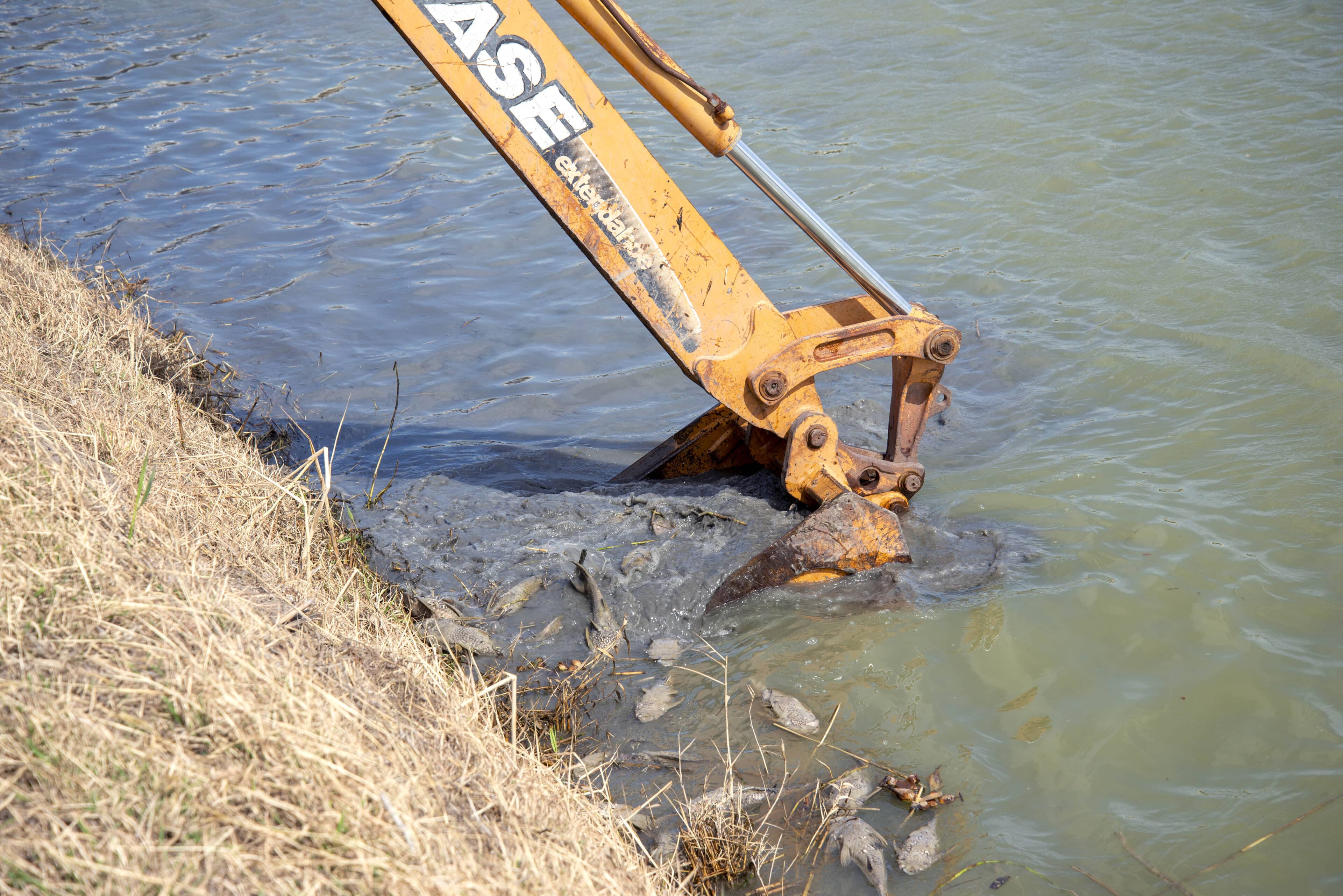
But officials are bracing for more fish kills.
“Parks and Wildlife gave us a heads-up that it’s not over yet — there’ll be fish dying for the next couple of weeks,” Guerra said.
No impact on water quality
But the fish kill isn’t tainting the quality of the city’s water, city officials said, referring to the water plant which treats water coming in from the resaca.
“The dead fish are not affecting the city’s water supply,” officials posted on Facebook.
But across town, the fish kill was raising a big stink.
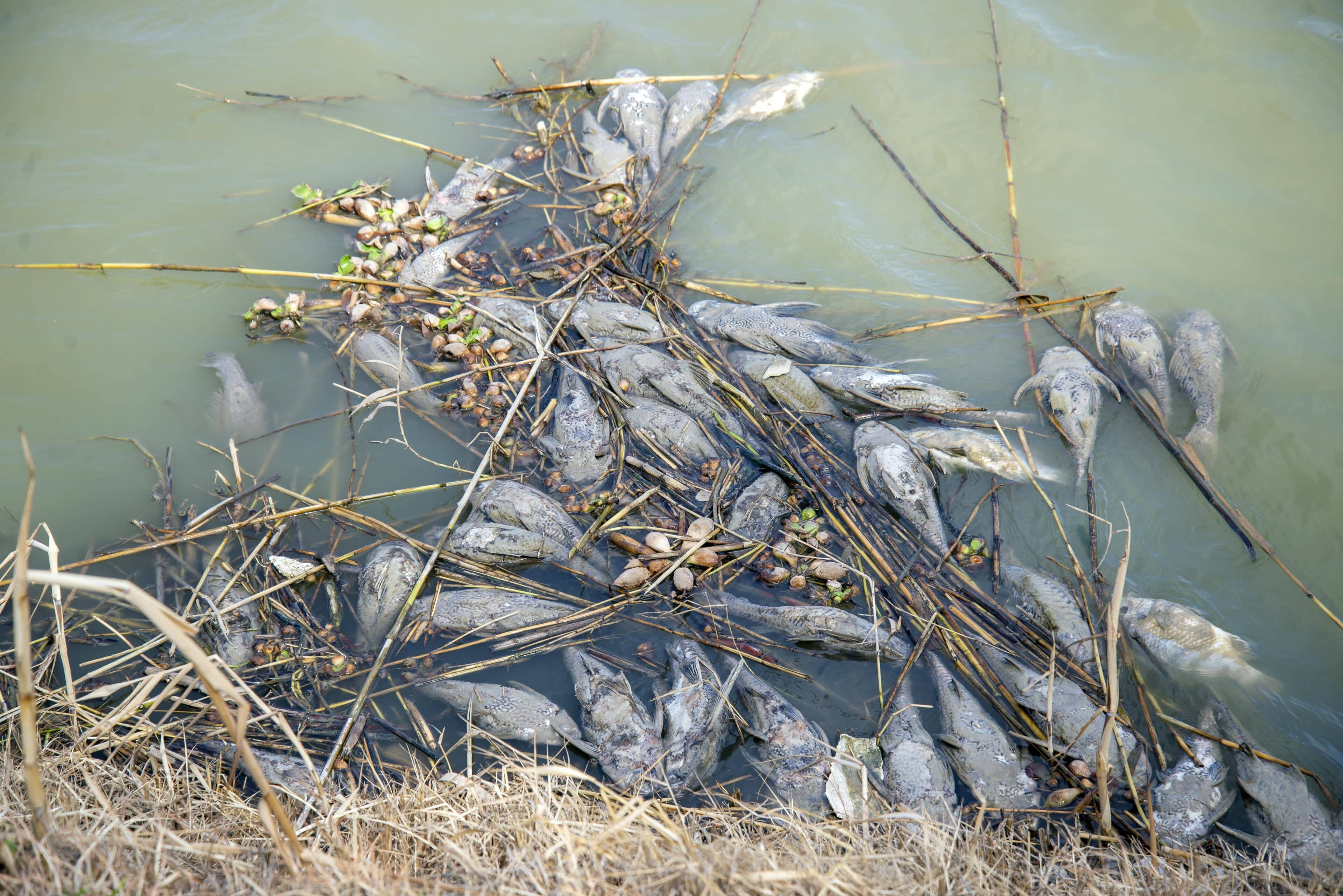
“The smell is terrible,” Charles Brock posted on the city’s Facebook page at about noon. “Clean it out as soon as possible — even if you need to go and clean out a second round. Just don’t leave them there.”
Adriana Lopez wanted to know how the fish made their way into the resaca.
“Disastrous!” she posted. “Armored catfish — I wonder who put these invasive fish in our resaca?”
Pumping water
At Cameron County Irrigation District No. 2, Lisa Espinoza said crews were pushing water into the resaca amid the fish kill she described as “a natural occurrence.”
“We’re in heavy irrigation for the farmers so we can’t stop pumping,” Espinoza, the district’s office manager, said early Friday afternoon. “The water’s flowing so it’s not stagnant. We’re constantly pumping water into it.”
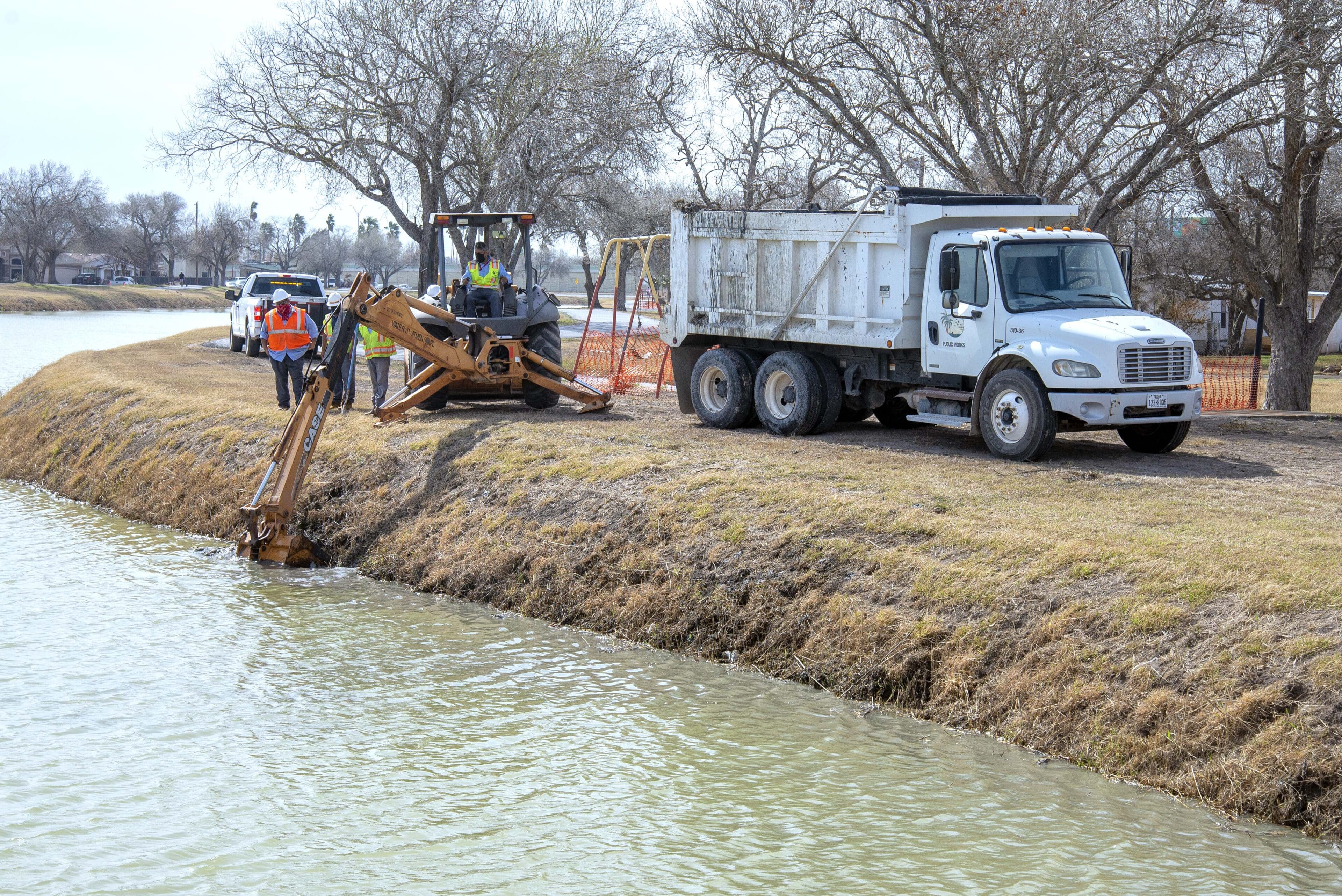
Brownsville fish kill
On Wednesday, Brownsville residents woke up to find dead fish floating atop a resaca behind Palm Boulevard and Dean Porter Park.
So city crews were busy cleaning up the fish kill before dumping the dead fish in the city landfill.
“With the recent extreme weather conditions we received last week, many of the fish in the resacas froze and died,” Felipe Romero, Brownsville’s director of communications and marketing, stated in an email sent to the Brownsville Herald.
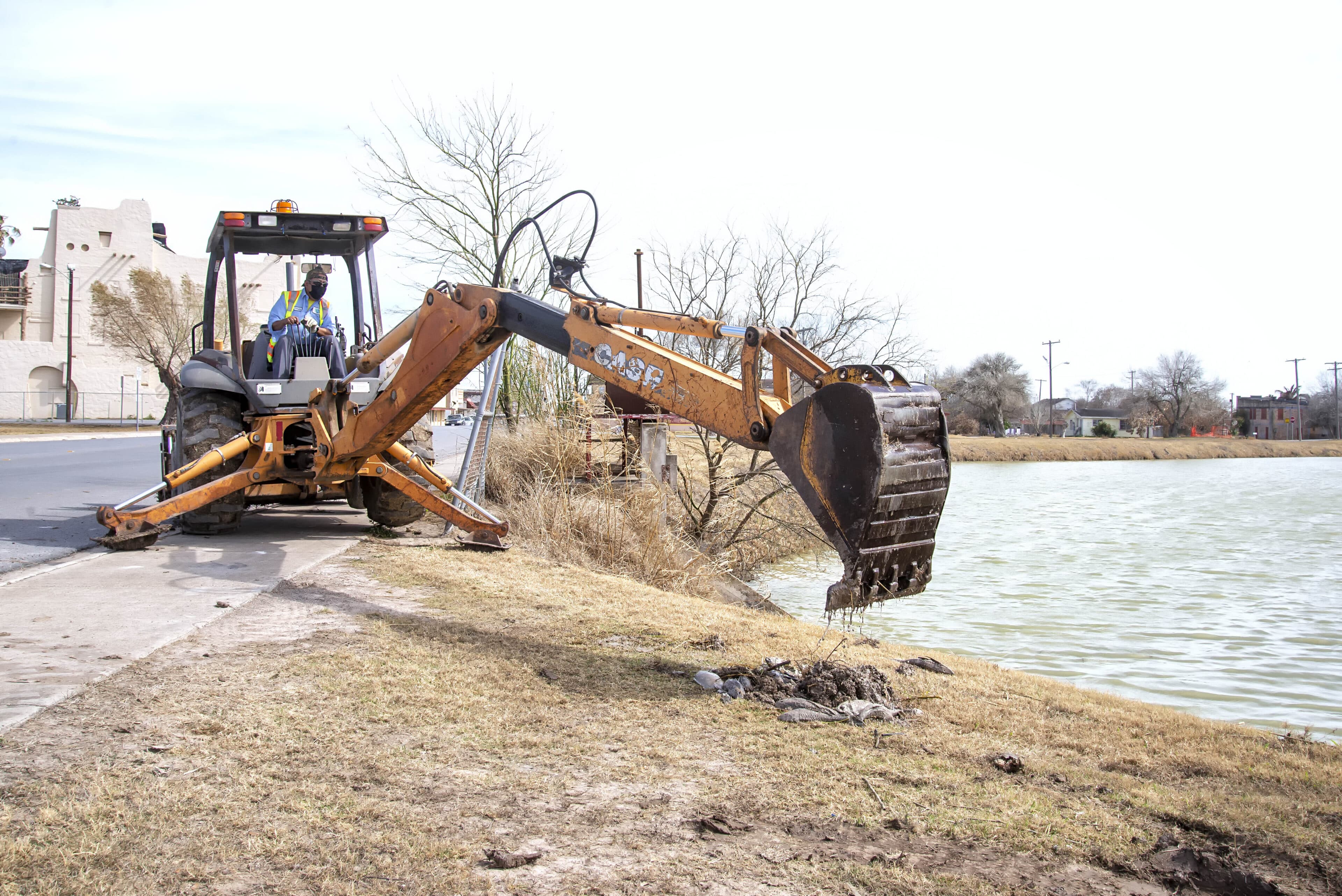
“When the resacas do not have enough depth, it is hard for the fish to find deeper (warmer) waters to survive the extreme conditions,” he wrote.
Early last week, Texas Parks and Wildlife biologist Alex Nuñez said reports of fish kills were starting to trickle in from the Mexican border to Port O’Connor.
[email protected] | [email protected]

